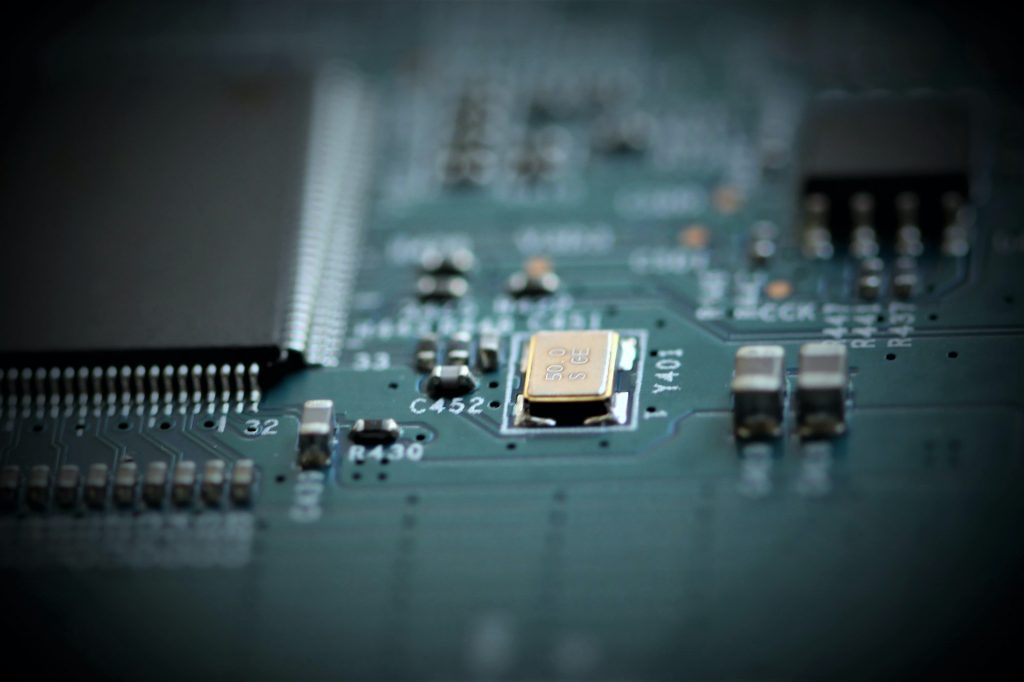Semiconductors are some of the most powerful and versatile technologies of the modern world. Working behind the scenes of optical equipment, they drive innovation and precision for test and measurement applications. In this blog post, we will take a look at the multifaceted ways semiconductors contribute to the functionality of optical equipment- focusing on their pivotal role in light generation and detection, signal processing and analysis, as well as their specific applications and the advantages they bring to the table.
Light Generation and Detection
Semiconductors take center stage in the realm of light generation and detection, with semiconductor lasers leading the charge. These lasers are instrumental in generating light with specific wavelengths and intensities, a crucial aspect when testing parameters such as power, attenuation, and more. On the flip side, photodetectors, another semiconductor-driven component, play a vital role in converting light back into electrical signals, enabling in-depth analysis of signal properties like wavelength, power, and modulation. Additionally, light-emitting diodes (LEDs), which are also semiconductor-based, find applications as light sources in certain test equipment setups.
Signal Processing and Analysis
Integrated circuits (ICs) form the backbone of the signal processing and analysis capabilities of optical test equipment. These semiconductor marvels perform intricate calculations and analysis on received optical signals, ensuring a comprehensive understanding of the data. Working hand in hand with ICs, microprocessors and microcontrollers, also driven by semiconductor technology, take charge of equipment operation, managing data acquisition and processing. Memory chips, yet another semiconductor application, play a pivotal role in storing test data and settings for subsequent retrieval and analysis.

Specific Applications
Semiconductors shine in specific applications within optical test equipment. Optical Spectrum Analyzers (OSA) leverage semiconductors to create diffraction gratings and photodetectors, facilitating the analysis of the spectral properties of light. Optical Time Domain Reflectometers (OTDR) harness high-speed semiconductors to generate and analyze optical pulses, providing a comprehensive characterization of fiber optic cables. Optical power meters, equipped with semiconductors within their photodetectors, convert optical power into electrical signals, ensuring precise measurements.
Advantages of Semiconductors in Optical Test Equipment
The adoption of semiconductors in optical test equipment results in many advantages:
• Miniaturization: Semiconductors allow for the development of smaller and more portable test equipment.
• Integration: Complex functionalities can be seamlessly integrated into a single chip, enhancing efficiency.
• Performance: Semiconductors offer high sensitivity, accuracy, and speed, contributing to precise measurements.
• Scalability: The versatility of semiconductor technology enables the development of test equipment for various applications and wavelengths.
• Cost-effectiveness: Semiconductor-driven solutions facilitate cost-efficient manufacturing of advanced test equipment.
Semiconductors prove themselves to be indispensable components in the development and operation of modern optical test equipment. Their role in light generation, detection, signal processing, and analysis ensures the reliable and accurate testing of optical networks—a critical function in the evolution of communication infrastructure. As we continue to push the boundaries of technological innovation, semiconductors will undoubtedly remain at the forefront of progress in the field of optical test and measurement applications.